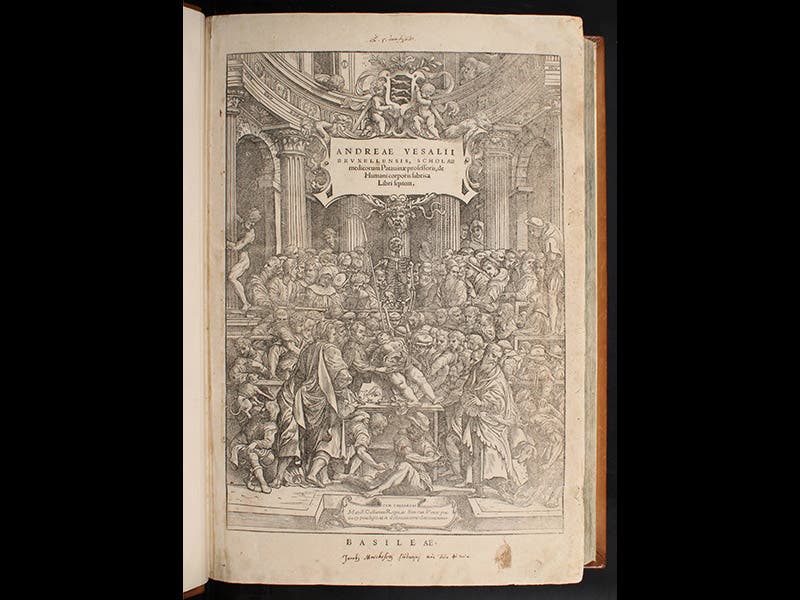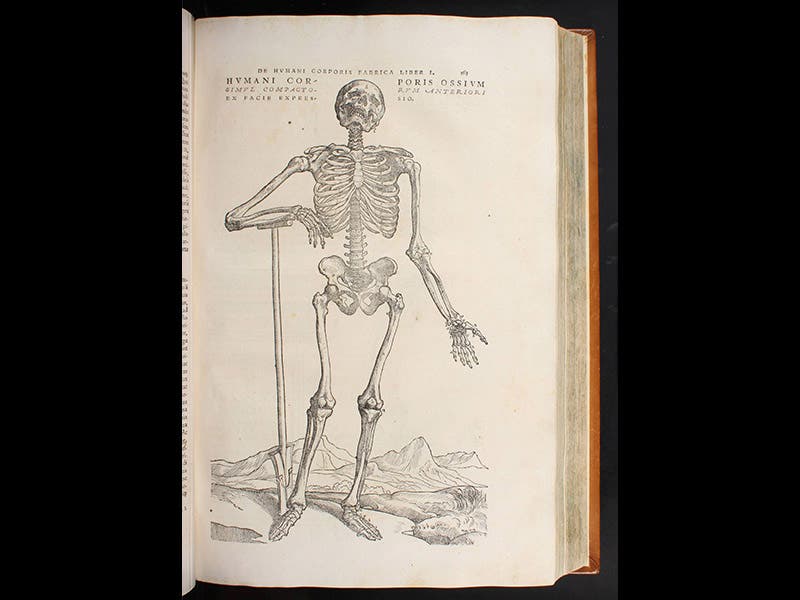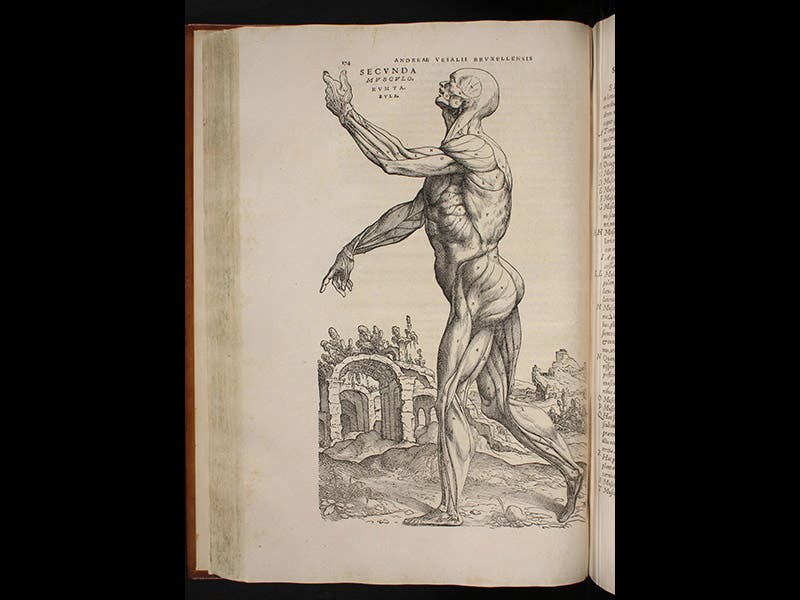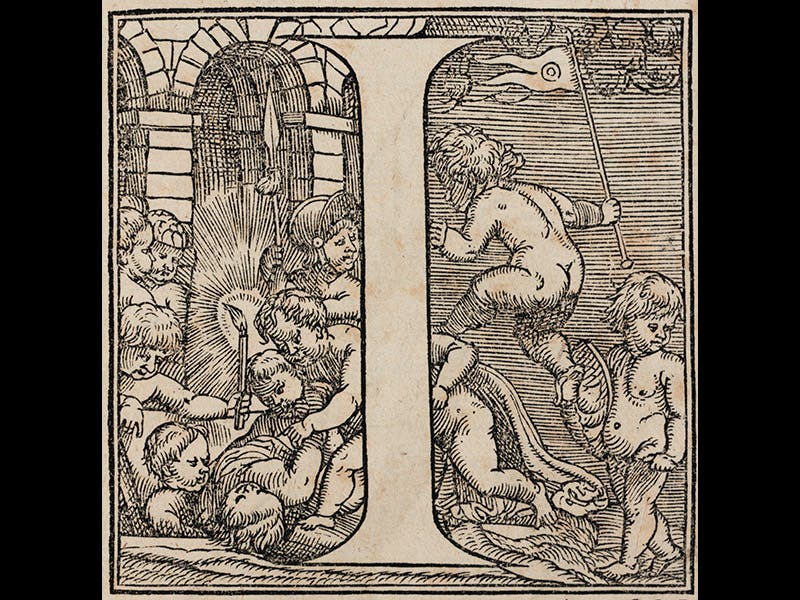Scientist of the Day - Andreas Vesalius
Andreas Vesalius – Scientist of the Day
Andreas Vesalius, a Flemish anatomist, was born Dec. 31, 1514—exactly 500 years ago today. Vesalius was the dominant anatomist of the late Renaissance, and one could make a good case for including him among the three most influential anatomists of all time, along with Galen and whomever else you would like to choose. Vesalius's book, De humani corporis fabrica (On the Fabric of the Human Body, 1543), published the same year as Copernicus' On the Revolutions of the Heavenly Orbs, had a similar revolutionary effect, only a lot quicker. Vesalius maintained that anatomy should be taught from dissected cadavers, not from books, and that if you must use a book, then that book should contain useful illustrations, drawn by an artist, which accurately reflect what one would see in the anatomy theater. De fabrica was published when Vesalius was but 28 years old, and it immediately transformed the way anatomy was taught, and the way anatomy books were illustrated.
The woodcut frontispiece to Vesalius’s folio is a graphic illustration of his first point, with Vesalius himself dissecting a cadaver amidst a tumultuous crowd of students and onlookers (see first image above). The three large skeletons and 14 muscle-men in the book demonstrate the second point, as they are beautifully drawn, posed in the manner of ancient Greek sculpture, displayed in an attractive landscape, and discretely decorated with letters that can be used to identify the muscles and bones. We reproduce here the first skeleton (second image), the second muscleman (third image), and the third muscleman (fourth image).
The fifth image is one of the large initial letters that were used to open each major chapter. Normally a printer would chose an initial letter woodblock from his large stock of such initials, but Vesalius insisted on initial letters that were designed and cut especially for his book. The one shown here, which introduces chapter 2, shows a squad of putti stealing a body from a grave, while a lookout makes sure the coast is clear.
Dr. William B. Ashworth, Jr., Consultant for the History of Science, Linda Hall Library and Associate Professor, Department of History, University of Missouri-Kansas City











